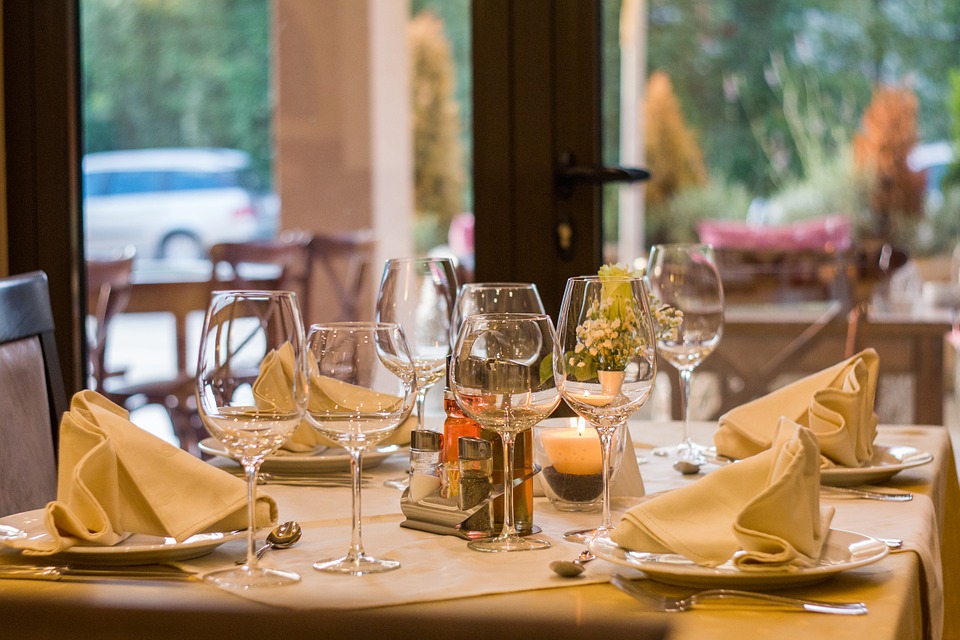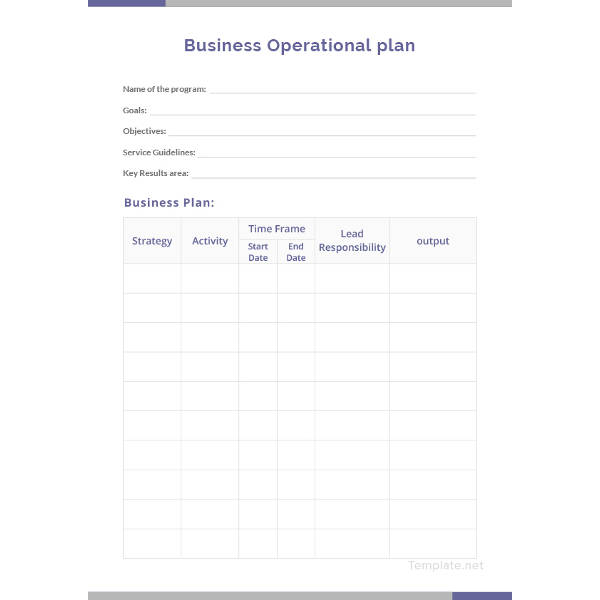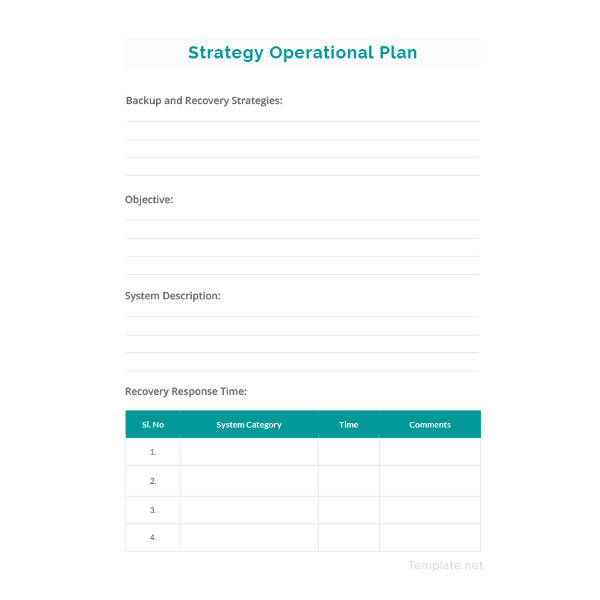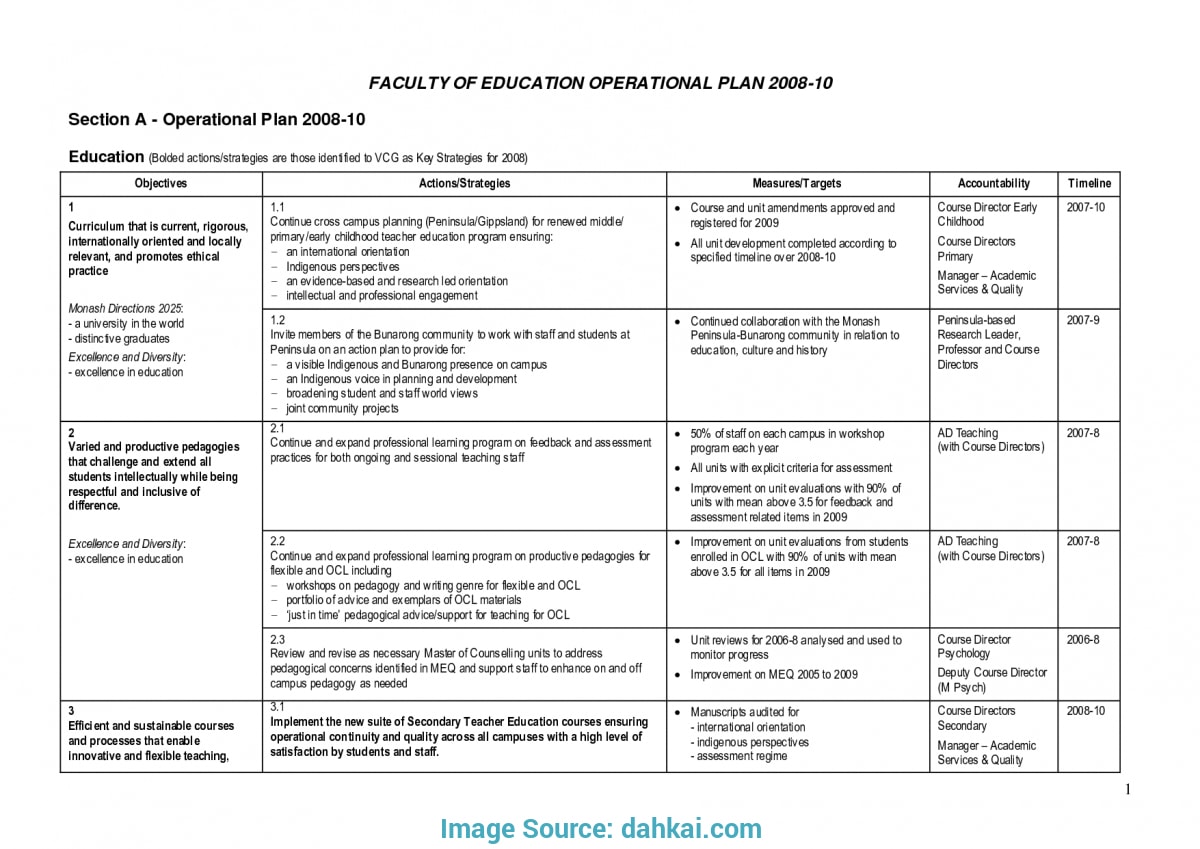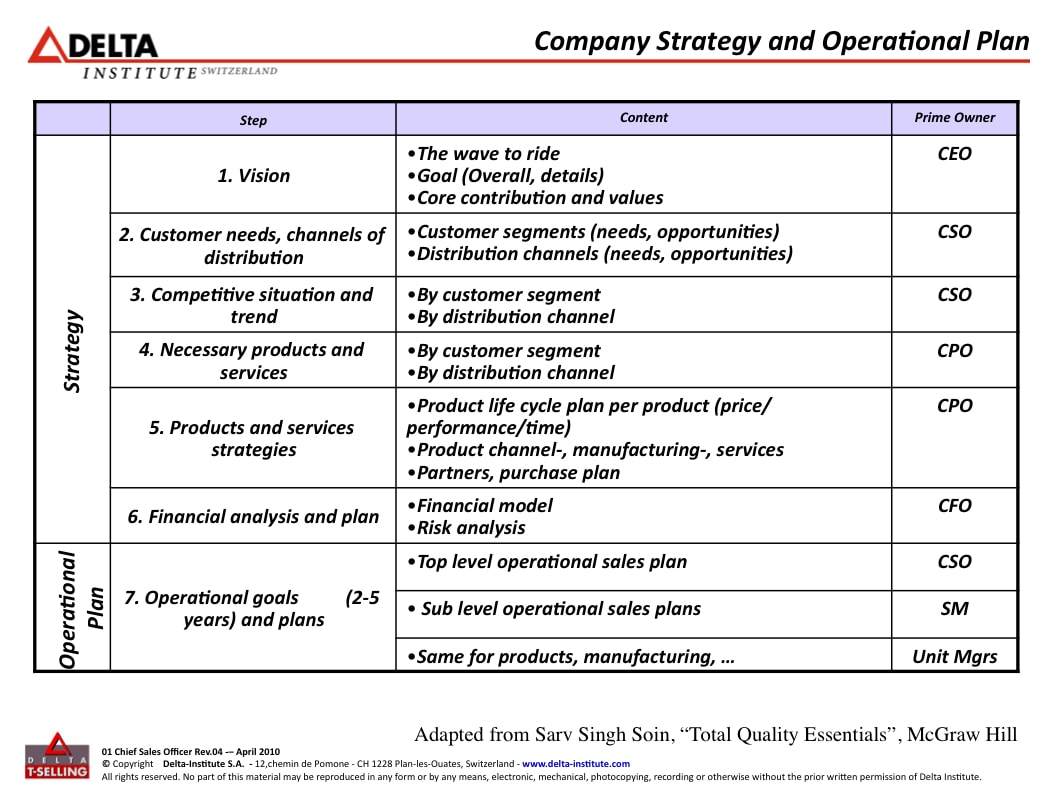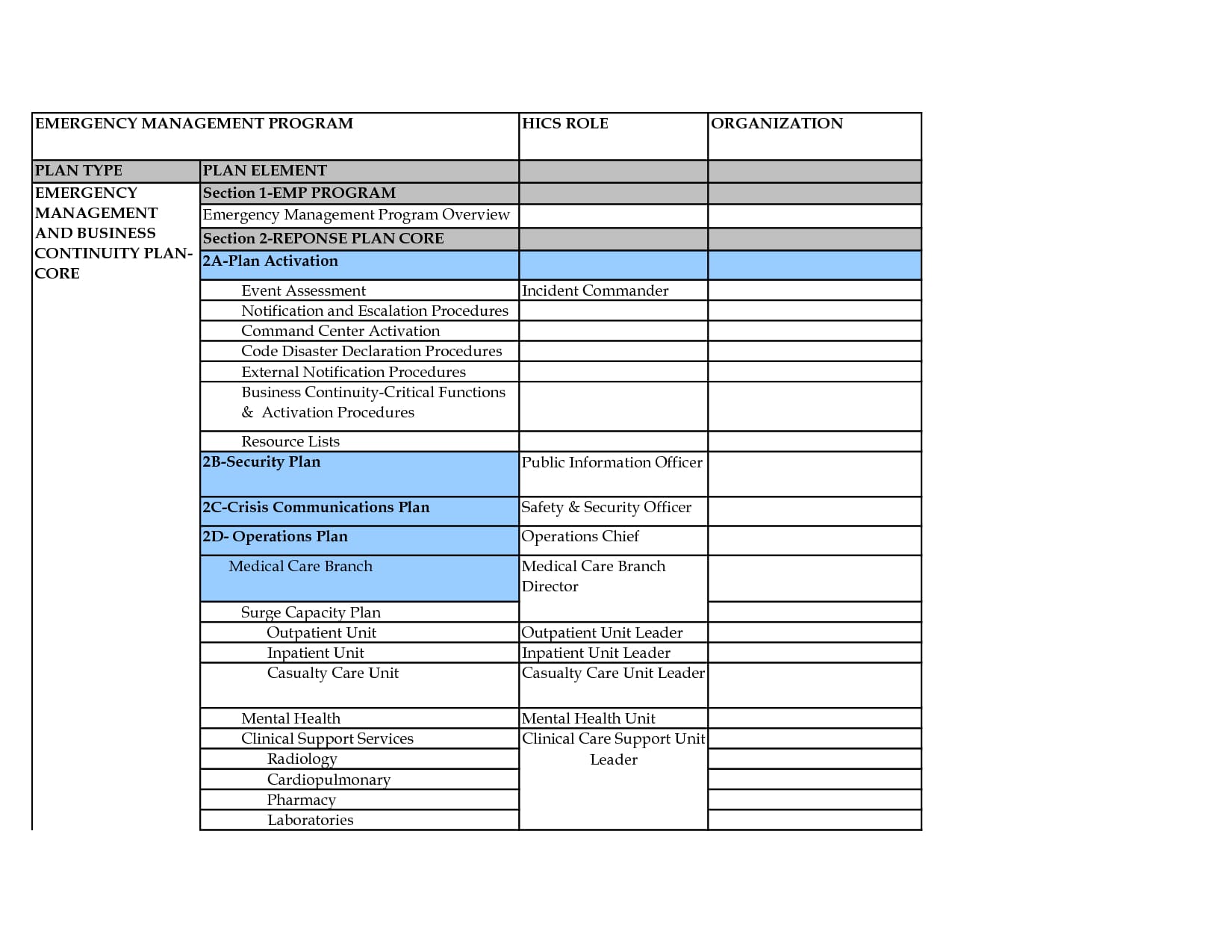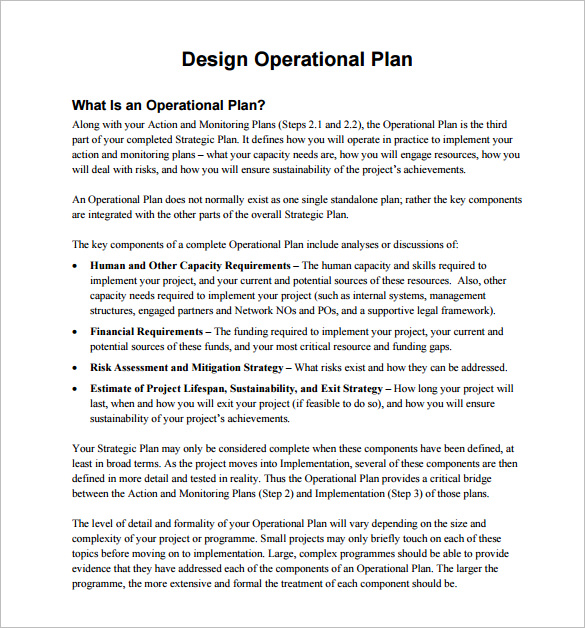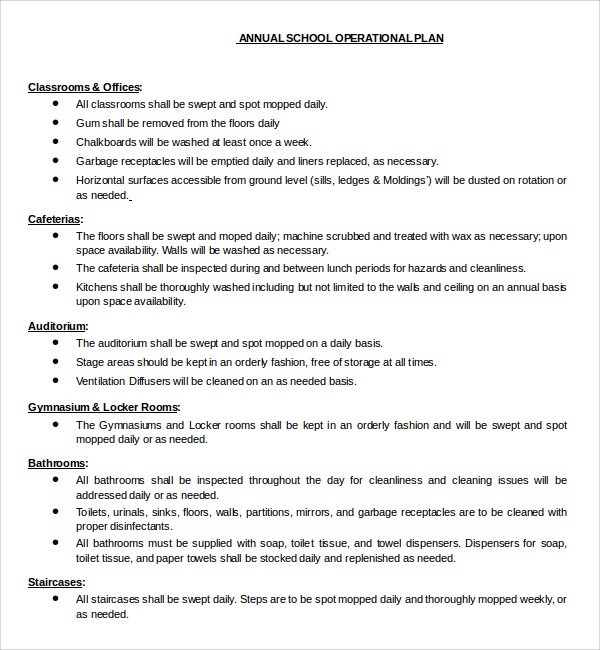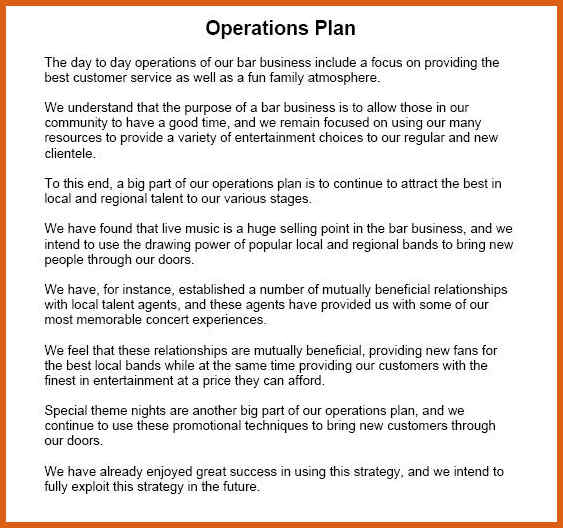10+ Operational Plan for Restaurant Examples to Download
If done right, establishing a restaurant can yield high profits. People love to eat, and if you serve the best-tasting food and offer them at very affordable prices, your restaurant will definitely be a hit. One tool that a restaurant business needs to have to maximize its potential and achieve sustainability is an operational plan. If you own a restaurant or plan to start one, here are operational plan examples you can use. Check them out.
Restaurant Operational Plan Example

Business Operational Plan Template Example
Simple Operational Plan Template Example
Manufacturing Operational Plan Example
Components of a Restaurant Operational Plan
Here are the basic components of a restaurant operational plan. If you are starting one from scratch or plan to incorporate the PDF examples we included, make sure it fits the theme, functions, and obviously the operations of your restaurant. There are other components that we did not include in the list below as it makes the operational plan complicated and difficult to comprehend for management. You may also see quality plan examples & samples.
1. Introduction
Every plan or research always starts with an introduction. Discuss why you are creating an operational plan and who benefits from the said plan. Take note that an introduction is not a summary of the entire plan but introduces the reader to the write-up, hence the word introduction. There is a separate section for the summary and is usually found toward the end of the plan or business report. Never make the introduction more than two pages long.
For a restaurant operational plan, list down a short history of your restaurant as well as the food you are serving. Also discuss why you are creating an operational plan and how the said plan benefits your restaurant both short-term and long-term. You may also like action plan examples.
2. Analysis
The analysis section is where you will be discussing the details of your operational plan. The analysis section will be divided into four sections: marketing, financial, and technological analysis.
Before you start delving into the analysis of your operational plan, make sure to add details regarding your restaurant that were not presented in the introduction. Since the introduction is only a single page long (or two), it does not discuss into the detail the most basic information of the restaurant. Aside from the history of your restaurant and the menu you are serving, also list down the restaurant’s address, social media profile, number of staff, number of equipment, and the names of the management team.
When you will be making the marketing analysis, take note that the marketing analysis does not only center on advertising activities. Marketing also involves the company’s customers and products. For your restaurant operational plan, list down your target market and you competitors (both direct and indirect). Your direct competitors are the restaurants within your area or city while your indirect competitors are businesses selling food (not necessarily restaurants but food stalls or shops selling food similar to your restaurant).
Financial analysis, meanwhile, involves the financial statements as well as financial forecasts. Your financial statements will include the income statement, balance sheet, and the statement of owner’s equity. Your forecasts will also include the same information, but forecasts will be financial predictions in the next two or three years (some companies make forecasts until the fifth year). Take note that in your forecasts, you must take into consideration the products and services you will be adding in your restaurant.
Technological analysis, meanwhile, includes analysis on the technology you are currently using for your restaurant. This includes POS systems, delivery services, and also your inventory systems.
Technological analysis will also include the technology you will be incorporating in the future, which might include human resource systems and more efficient inventory systems. In this digital age, technology is no longer a choice but a necessity. All types and forms of businesses should utilize technology, as technology will continue to drastically improve and develop in the next few years.
3. Recommendation
The recommendation is basically a result of the analysis. Your recommendations should be specific and should answer the problems presented in the operational plan. The recommendations you listed down can either be short term or long term. An operational plan should identify the problems encountered by the restaurant in regards to its daily operations. You may also check out company plan examples & samples.
The following are a few examples of recommendations for a restaurant operational plan:
- The restaurant should create a social media page to increase visibility among its target market and potential customer base.
- To maintain the restaurant’s average of 150 customers per day, a 20% discount should be slapped on all pork and chicken meals during weekends. You might be interested in sales plan examples.
- The restaurant should double its advertising expenses for six months (January to June) to make way for the advertising of new vegetable and seafood dishes. 100 attractive flyers should be printed and distributed each month while 20 elegant posters should be printed and displayed throughout the city with the posters within 10 km of each other.
- The restaurant should hire one more assistant cook as the number of daily customers has been increasing the past three months.
4. Conclusion
The conclusion is written right after the recommendation section, and validates all the important details pointed out in the recommendation. Remember that the conclusion is not a summary of the entire operational plan. For research papers, the summary is called an “abstract” and is usually inserted after the introduction once the paper has been finished.
Educational Operational Plan Example
Company Strategy Operational Plan Example
Emergency Operational Plan Example
New Operational Plan Template Example
Restaurant Menu Ideas
A restaurant-centered article is never complete without the mention of restaurants, or food in general. If you are still in the ropes on what dishes to sell in your restaurant, here are some restaurant menu ideas that you may find useful.
1. Oriental Menu
Oriental dishes are dishes mostly originating from East Asia (China, Korea, Japan, Thailand, Vietnam, etc.). If you are familiar with dishes originating from these countries, they are easy cook and easy to sell as well. Most of their dishes are noodle-based (either soup or fried) and contain a lot of vegetable ingredients. You may also see advertising plan examples & samples.
Korean dishes are always served with pickled or spicy vegetable dishes, while Chinese soup noodles are always filled with various vegetables. Oriental food also has its fair share of fried dishes (tonkatsu and tempura from Japan, banh cam from Vietnam, lumpia shanghai from the Philippines, and sesame chicken from China, to name a few), but they don’t necessarily give you a heart attack as lean meat cuts are mostly used. You may also like event plan examples & samples.
2. Mediterranean Menu
Mediterranean cuisine are dishes commonly found in Greece, France, and Italy and emphasizes on using seafood, chicken fruits, and vegetable ingredients. Compared to oriental food, Mediterranean dishes are healthier since red meat is seldom used in their dishes. Chicken and vegetables are usually mixed together in most Mediterranean dishes, such as seafood paella, cilantro lime chicken, falafel, and roasted Greek potatoes. You may also check out daily plan examples & samples.
3. Fast-food Diner Menu
Fast-food diner originated in the US and has proven to be very popular and very delicious (if you disregard the cholesterol and fat). Among the popular fast-food dishes include hamburgers, pancakes, hot dogs, waffles, ice cream, milk shakes, macaroni and cheese, bacon, and eggs. Fast-food diners began in the 1930s, and McDonald’s actually was born because of the fast-food concept.
Compared to Mediterranean and oriental food, fast foods are never healthy but their taste probably supercede dishes cooked using vegetable and lean meat ingredients. If you encounter someone who doesn’t like to eat bacon, or a hamburger, or a hot dog sandwich, he/she is probably lying or on a diet. You might be interested in annual plan examples and samples.
4. Italian Menu
The Italians certainly know how to make great food. Their pizza and pasta are a gift to humanity, and are cooked and eaten around the world. Italian dishes mostly center on meat, fish, tomatoes, and cheese.
The most famous Italian dishes (aside from the pizza and pasta) include lasagna (pasta, Bolognese, and ricotta mix layers), prosciutto (dry-cured ham), gelato (Italian ice cream), tiramisu (coffee-flavored dessert), and arancini (stuffed rice balls). Among the honorable mentions in Italian cuisine are the carbonara, bruschetta, panna cotta, and risotto; all taste amazing in their own right. You may also see project plan examples.
Design Operational Plan Example
Sample School Operational Plan Example
Operational Plan Outline Example
Creating an operational plan for your own restaurant is not difficult but requires a lot of effort. Remember the tips we listed above when you will be creating your own restaurant operational plan (with examples in PDF format provided). We don’t guarantee that your sales will increase drastically, but we do guarantee you will be more competitive in the restaurant industry. You may also see work plan examples & samples.


